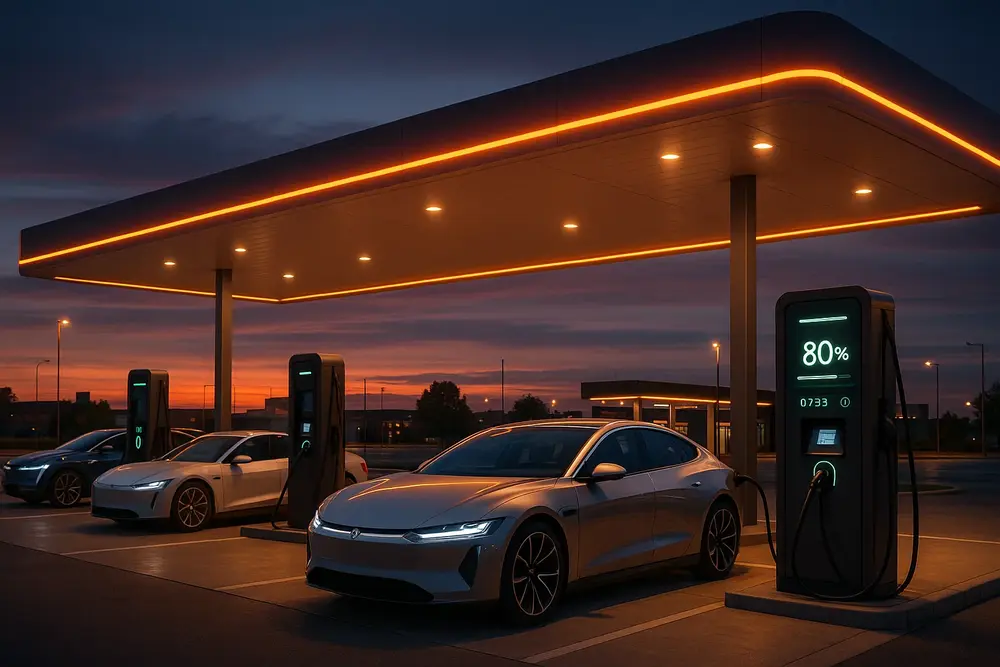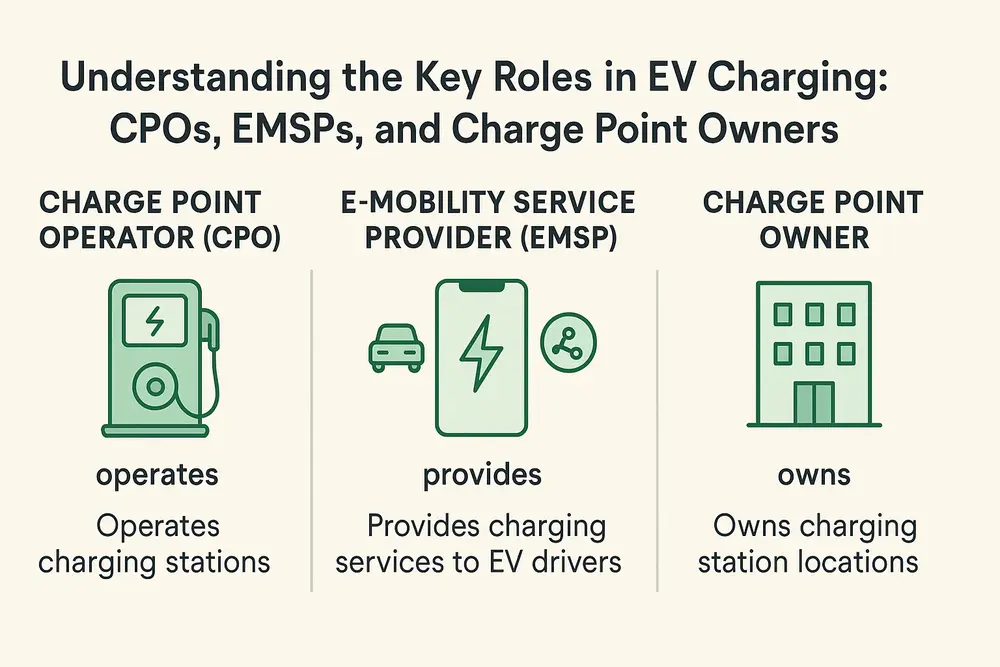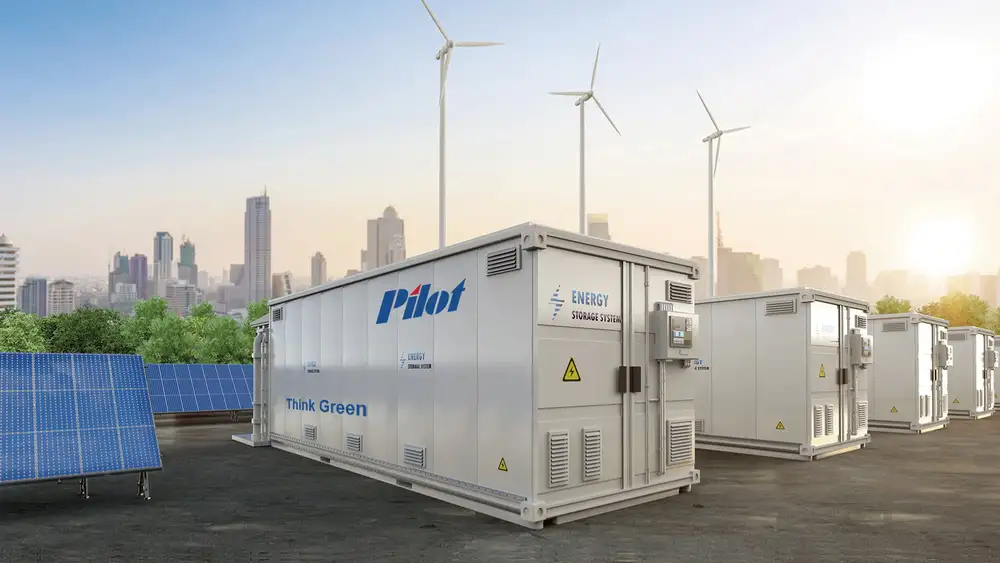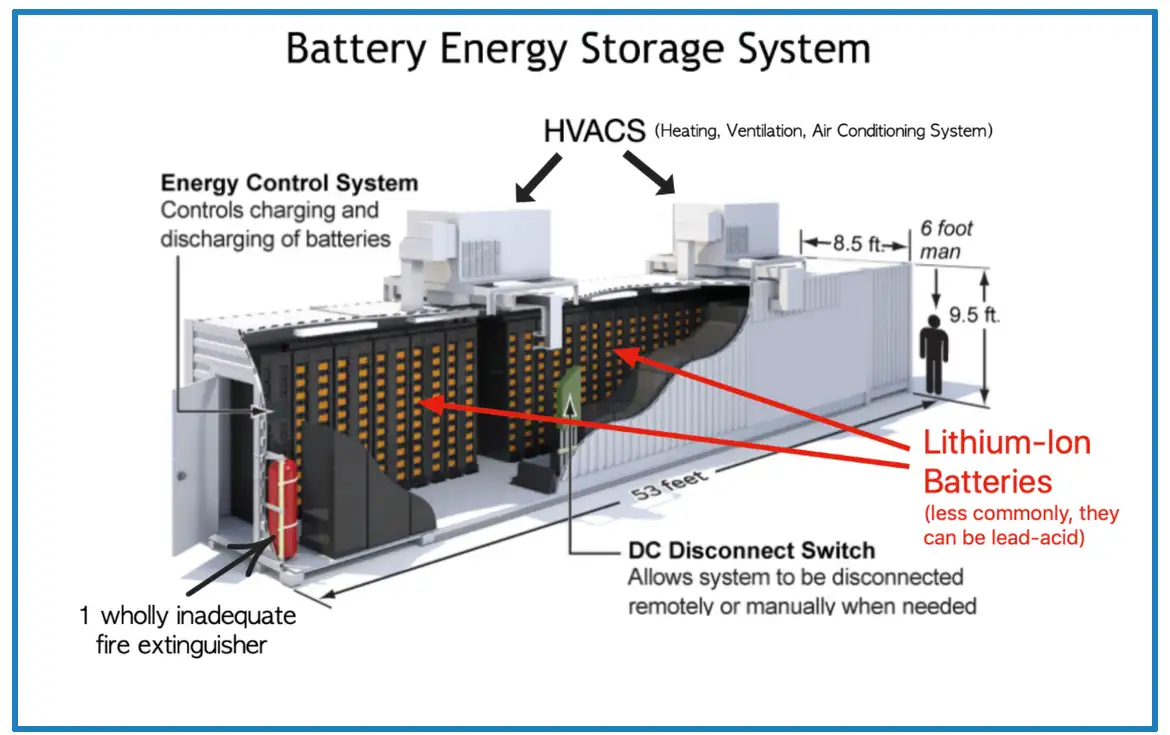
Products
Fast, Reliable, Everywhere

Solutions
Efficient, Innovative EV Charging Solutions.
News
We are committed to the innovation and application of EV charging.
As the global energy landscape transitions toward renewable sources and distributed generation, energy storage systems (ESS) are becoming essential components of modern power infrastructure. From balancing grid loads to enabling microgrids and maximizing renewable energy utilization, ESS plays a pivotal role in ensuring reliable, efficient, and flexible energy delivery.
This article presents a comprehensive professional overview of energy storage systems, detailing their technologies, applications, operational mechanisms, and future directions.
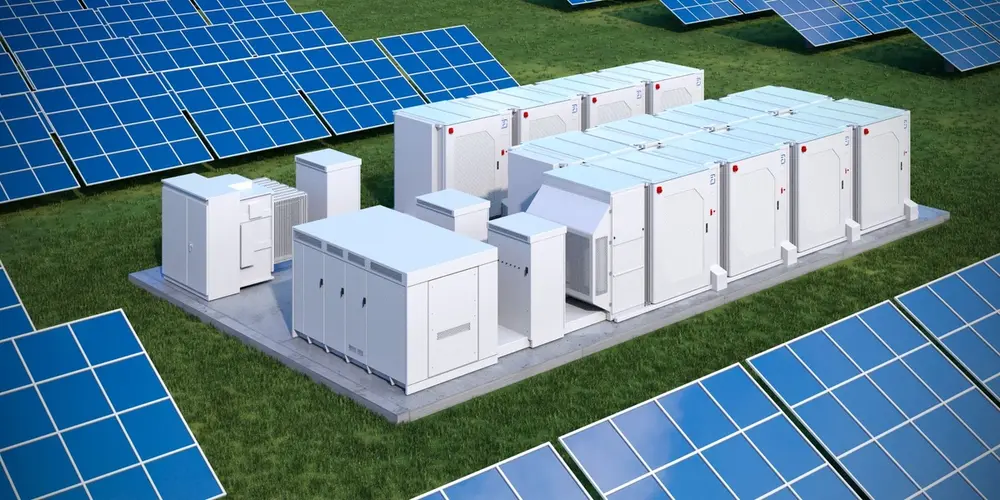
An Energy Storage System is a combination of hardware and software designed to store electrical energy for later use. ESS enables time-shifting of energy, backup power, frequency regulation, and demand charge reduction, making it a key enabler of a sustainable and decentralized energy ecosystem.
Energy storage can be deployed at various scales:
ESS provides seamless power during outages for critical infrastructure, healthcare facilities, and residential applications.
In remote or off-grid areas, ESS supports autonomous energy systems, ensuring reliable supply and resilience.
Energy storage systems are foundational to a cleaner, more resilient energy future. Whether enabling greater use of renewables, stabilizing the grid, or supporting off-grid applications, ESS is transforming the way we produce, distribute, and consume electricity. By understanding the technologies, functions, and implementation strategies, professionals can harness the full potential of energy storage to meet the energy challenges of the 21st century.
